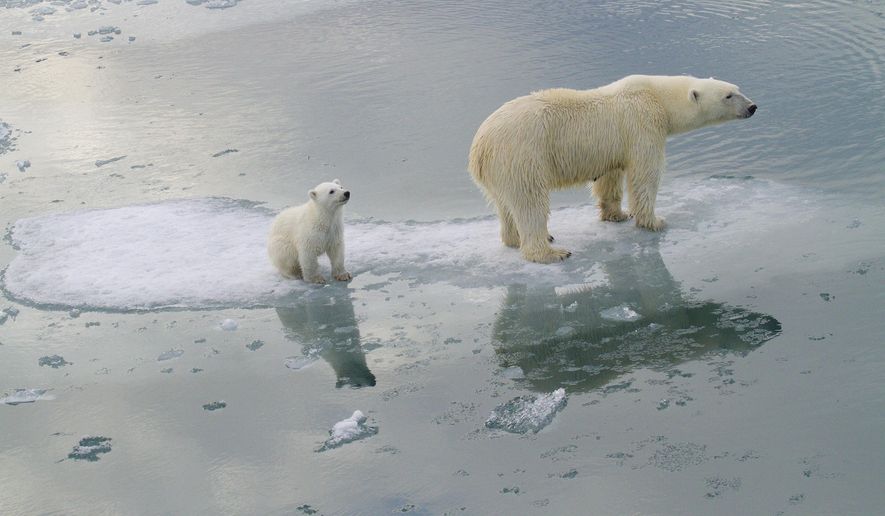With portions of their former Arctic habitat melted into the sea, more polar bears are venturing closer to human-associated sites, including near whale bone piles in Alaska and Russian dumps.
University of Alberta biologist Andrew Derocher talked to Reuters about the downsides of human-polar bear interactions, saying “Already we’ve had a couple human fatalities in the eastern Canadian Arctic. It’s surprising just how many places that never had polar bear problems are now having emerging issues.”
The risks are higher for both species: As polar bears move closer to human settlements they risk being shot out of concern for public safety.
And scavenging through human trash for food probably isn’t healthy for the bears long term.
Geoff York of Polar Bears International explained to Reuters that “Bears don’t know all the negatives that come with plastic ingestion and the diseases and toxins they’re likely exposed to.”
Polar bears evolved to hunt seals through holes in sea ice, which the bears use as a platform. The Arctic, however, is heating up even faster than the rest of the world, shortening the season in which sea ice is available to polar bears.
SEE ALSO: Europe calls for energy cuts as it braces for Russian shutdown
Not every polar bear expert, however, is so quick to blame the polar bear’s trash-eating behavior on the loss of sea ice. Canadian zoologist Susan Crockford, writing at Polar Bear Science, notes that “particular bears know there is stored food and refuse available … These are habituated garbage bears.”
In other words, the polar bears have adapted to an easy and available food source. Ms. Crockford continues her thesis, pointing out that habituated “garbage bears” in Novaya Zemlya, Russia, had ignored the sea ice upon its return.
• Brad Matthews can be reached at bmatthews@washingtontimes.com.




Please read our comment policy before commenting.